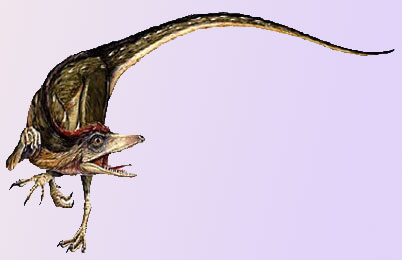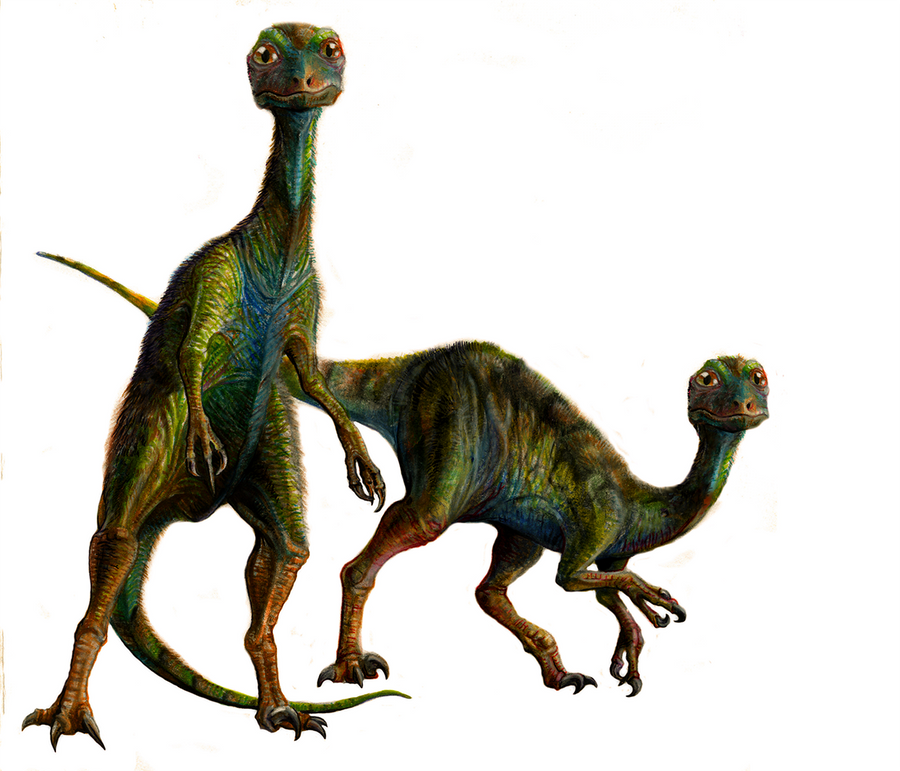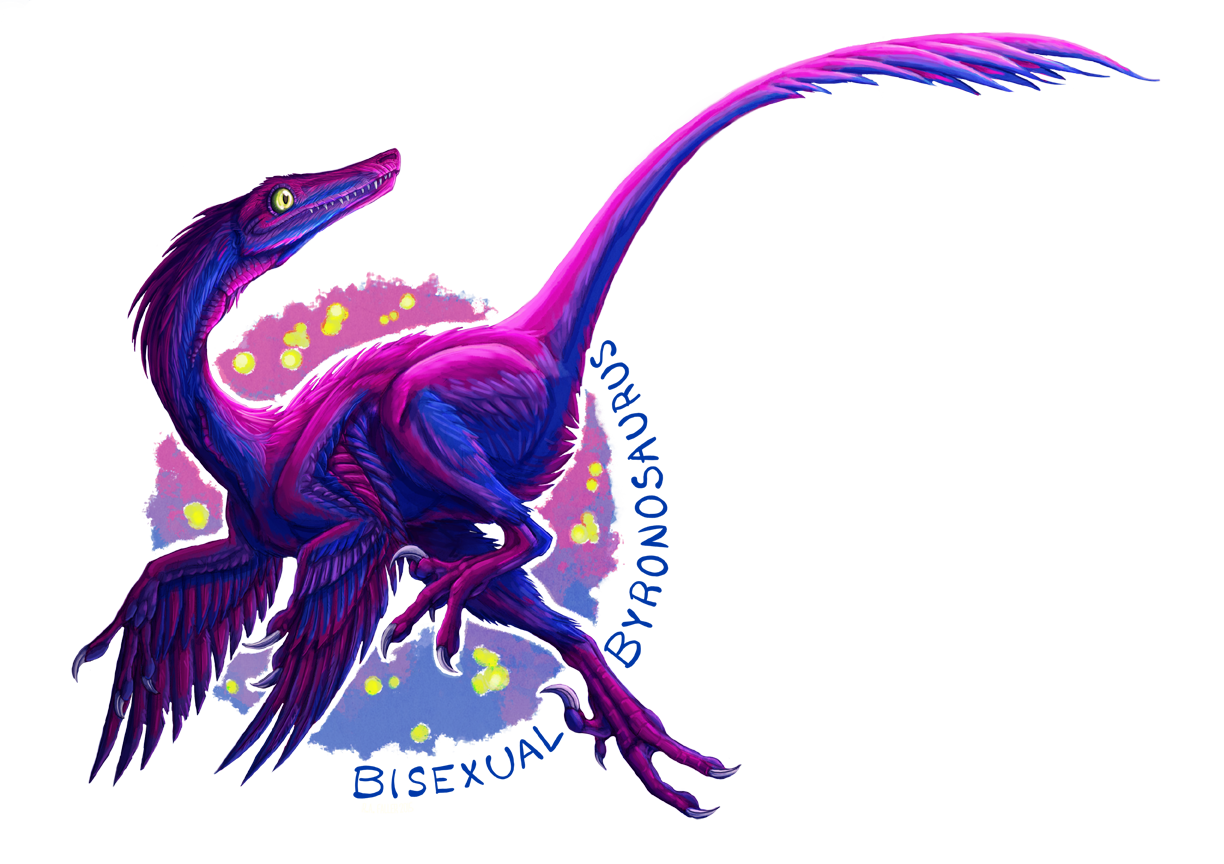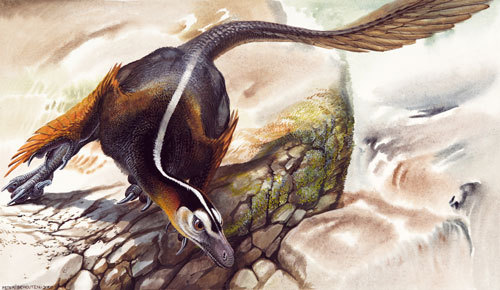Byronosaurus
Partially preserved skulls of two pups, shortly before or after hatching (IGM 100/972 ).
- Asia China (Liaoning)
Byronosaurus is a genus theropod dinosaur from the family of Troodontidae, a group of bird -like Maniraptora. This dinosaur was a small bipeder predator whose fossils (late Campanian ) of Mongolia were found in sedimentary rocks of the Upper Cretaceous. The only known type ( type species ) is Bryonosaurus jaffei.
Description
Byronosaurus reached a length of 1.5 m, a height of 50 cm and a weight of 4 kg - that he was one of the smallest known dinosaurs. Like all troodontids, probably belonging to the smartest dinosaurs, Byronosaurus had a relatively large brain. Its needle-like teeth resemble those of Archaeopteryx and were, unlike all other known troodontids, not notched. Like its relatives, he probably hunted small animals, eyes for stereoscopic vision capable. Unlike his relatives but he also possessed a good sense of smell.
Finds and Fund History
So far, two partial skeletons have been found, both with skull. The first one ( the holotype material IGM 100/983 ) was discovered in 1993 in Ukhaa Tolgod, a rich fossil deposit in southern Mongolia. The skeleton was recovered loose bone as a collection - unlike other fossils of the site where the bones were often found together. Nevertheless, a fragment of the skull was recovered. Subsequent studies showed, however, that it is in the Fund are the remnants of two different dinosaur genera; the bones of a Ornithomimiden were mixed with those of Byronosaurus. The Ornithomimiden - remains ( now known as IGM 100/987 ) have much larger and could thus be easily sorted out.
Byronosaurus was scientifically described in 2000 by Norell, Mackinovicky and Clark. The genus name and the Artepitheth honor Byron Jaffe, whose family had sponsored paleontological expeditions of the Mongolian Academy of Sciences and the American Museum of Natural History.
Three years after the first discovery (1996 ) of the first reference was six kilometers west made another discovery. The skeleton (IGM 100/984 ) was because, among other things, all his teeth had no notches, also attributed Byronosaurus. Although the remains are very fragmentary, they show many features which are not preserved in the holotype material.










